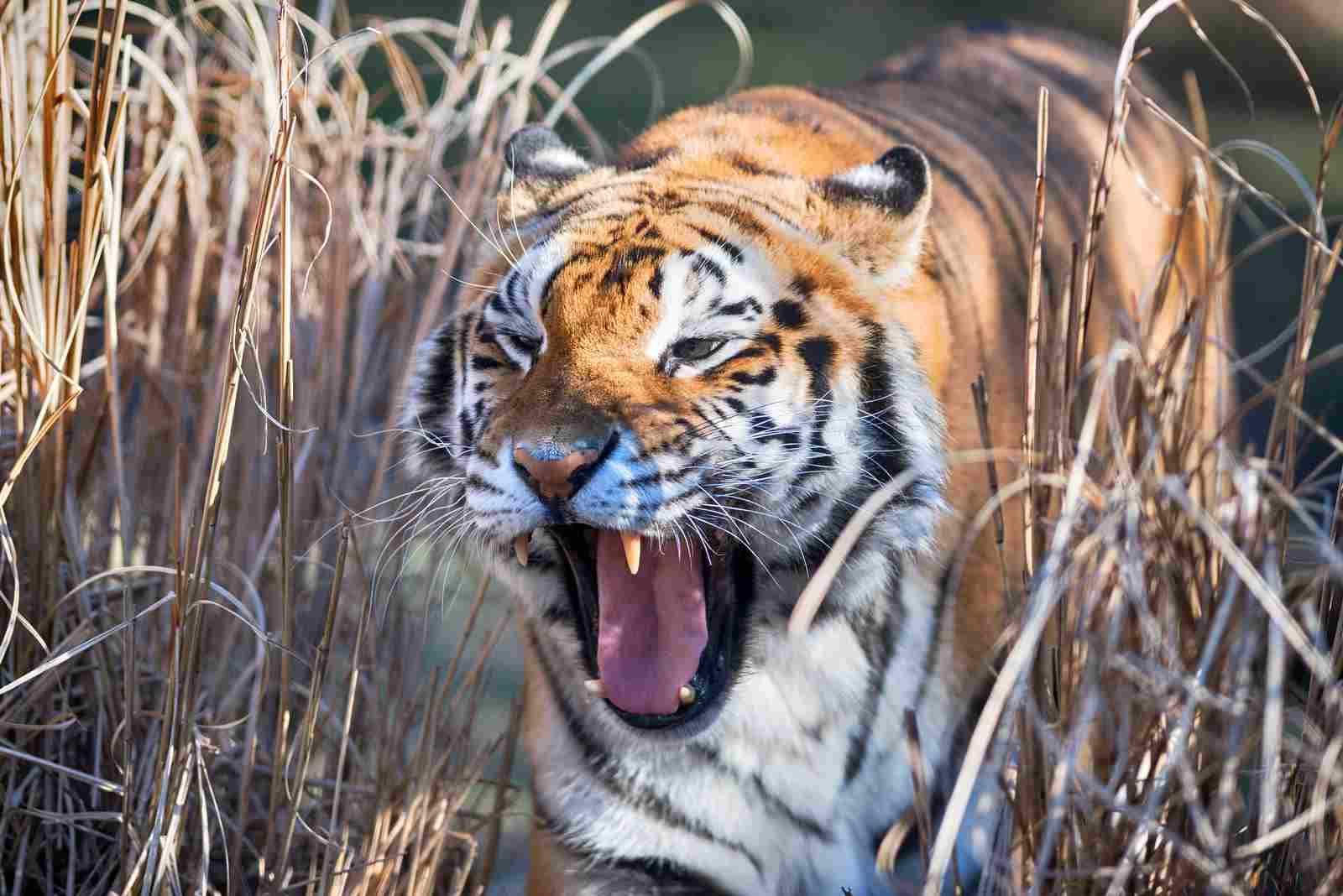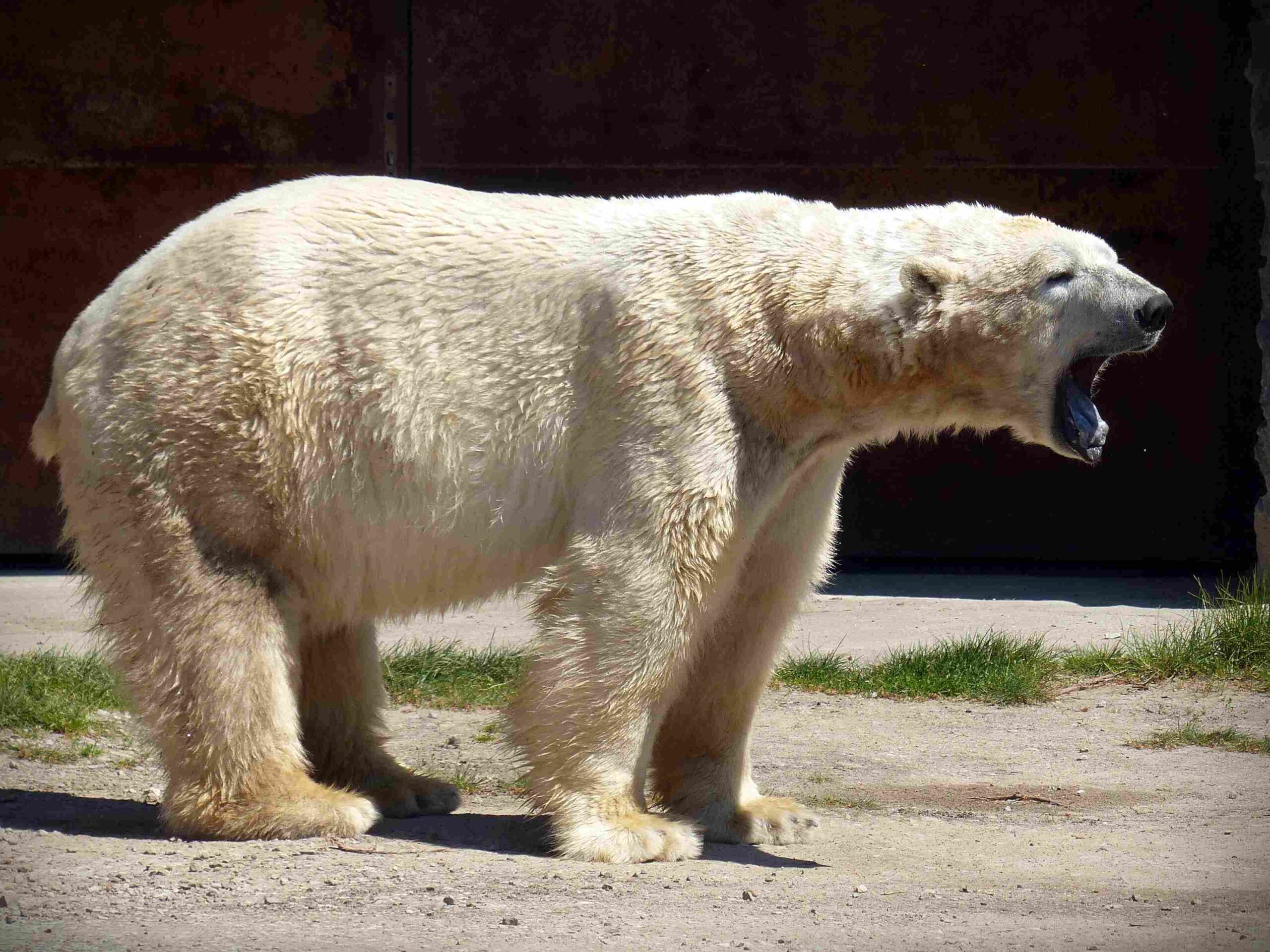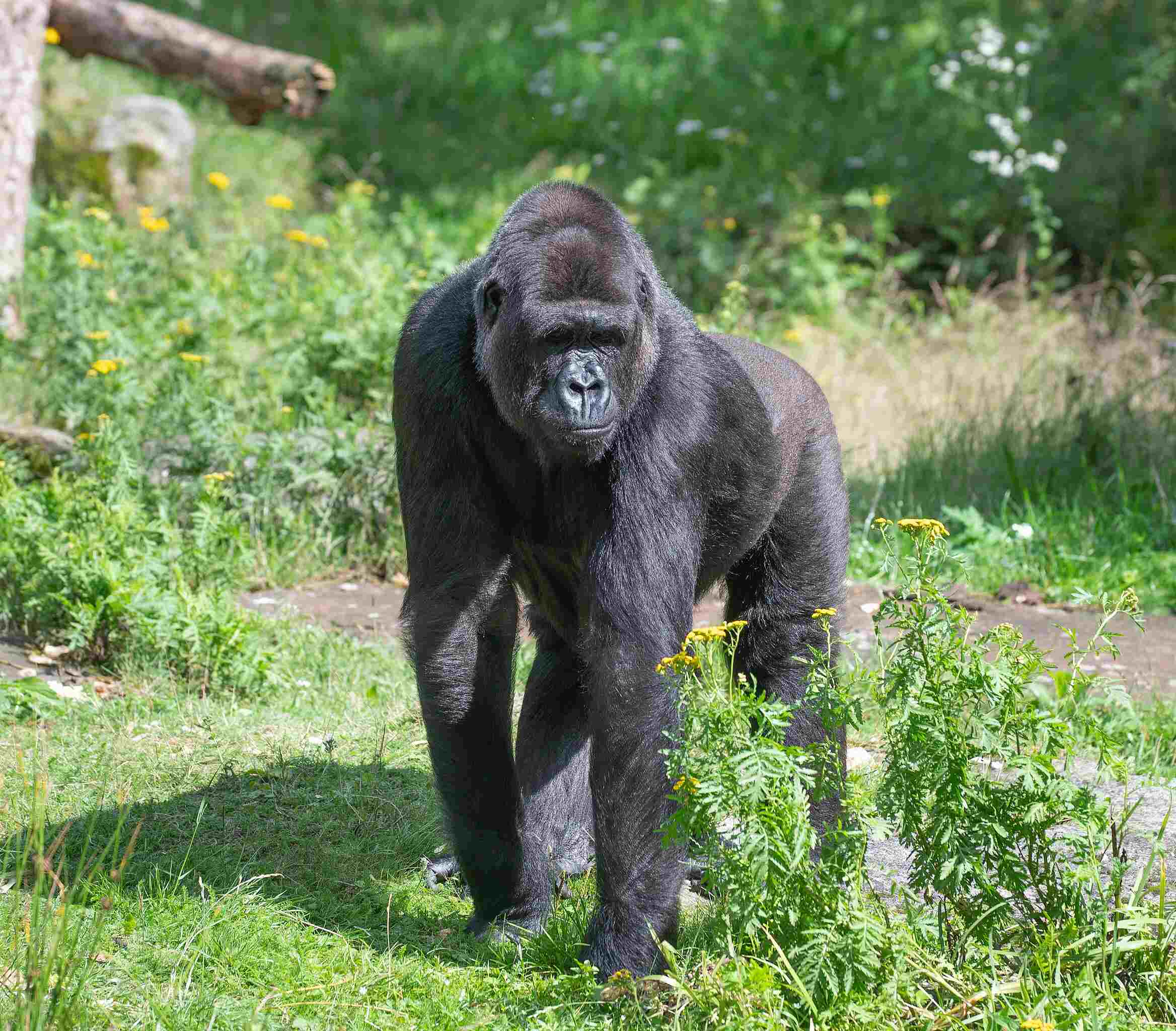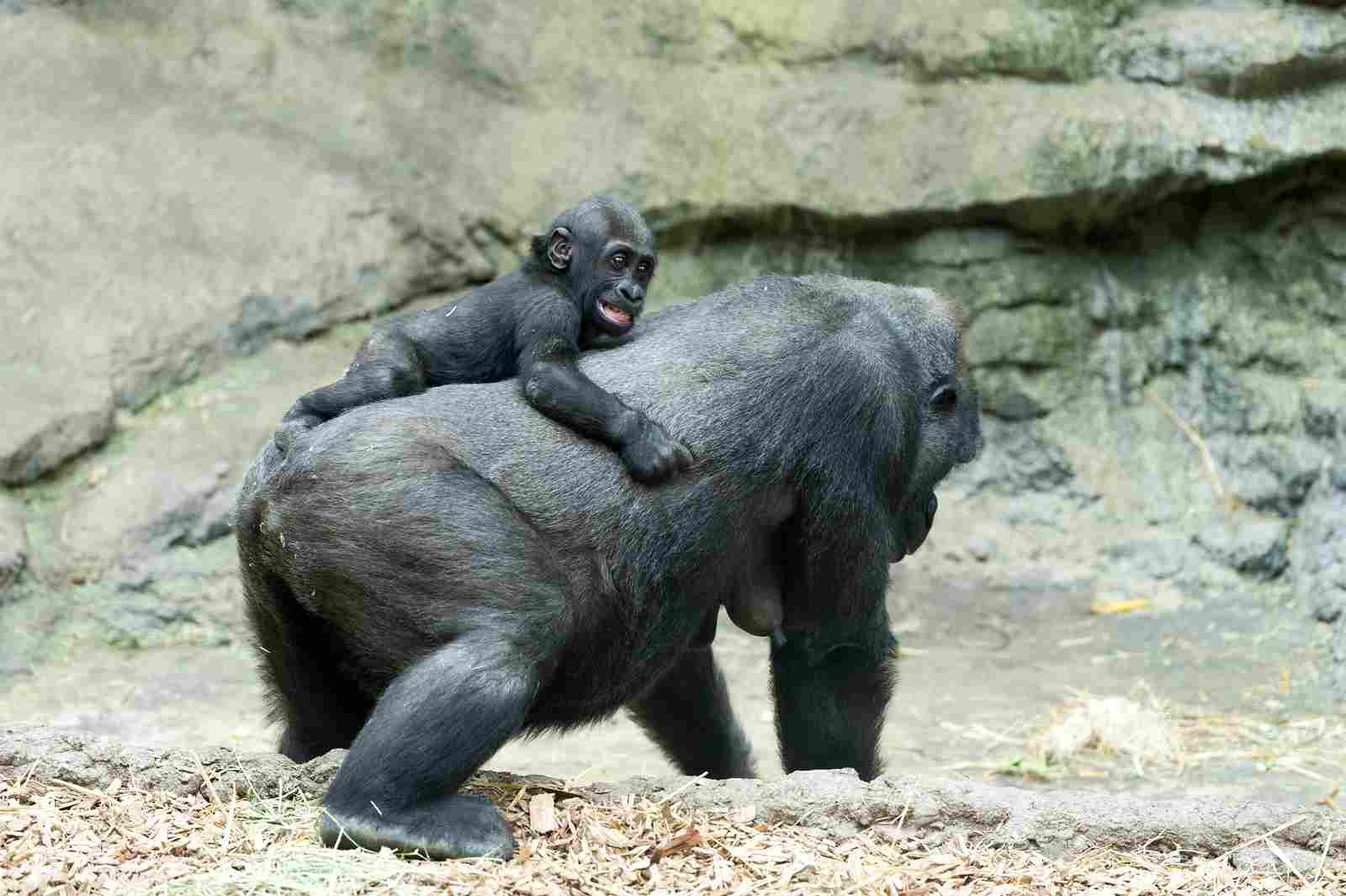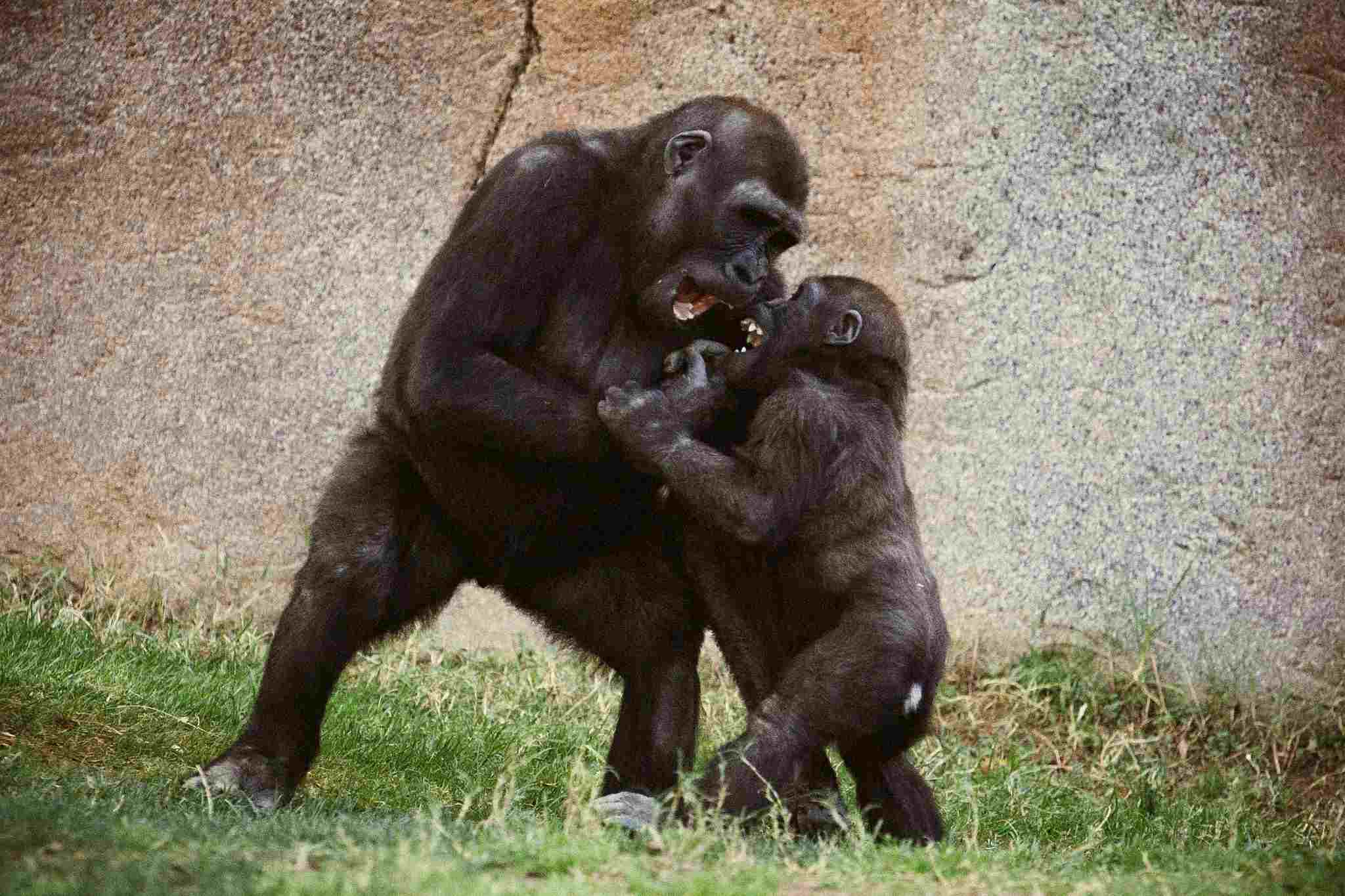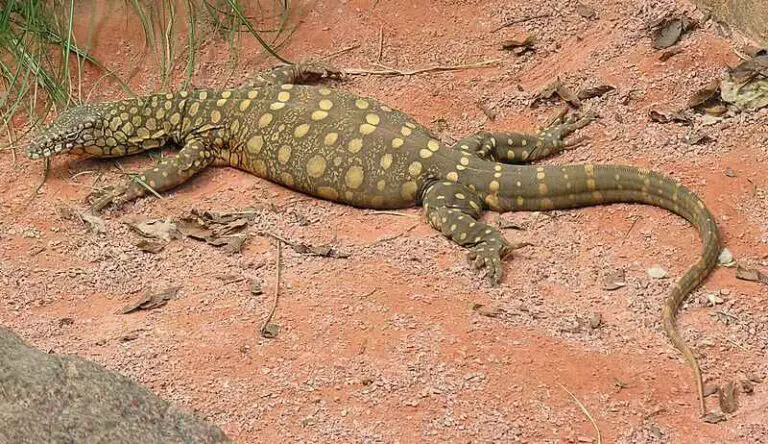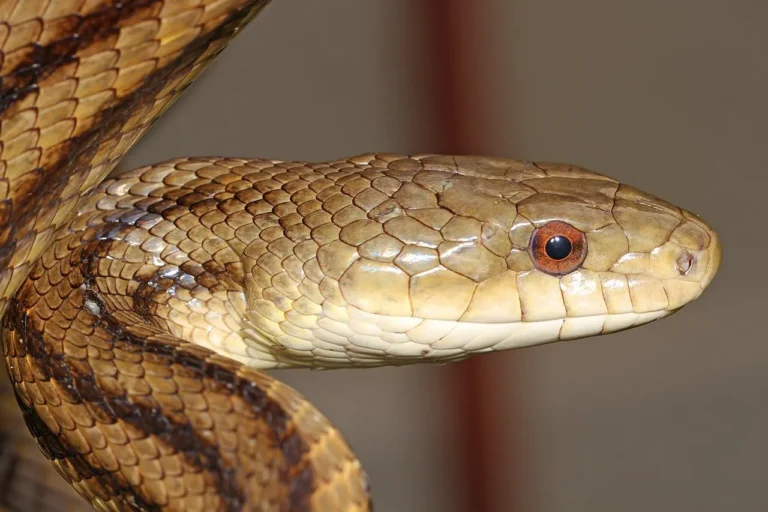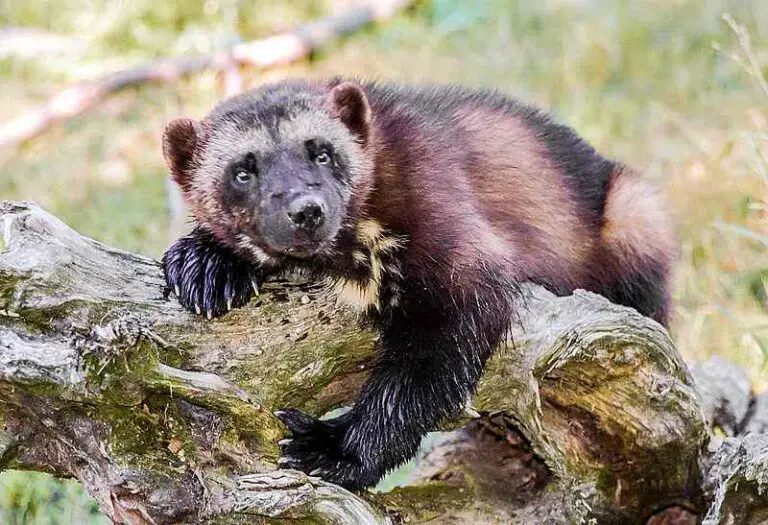Polar Bear Vs Gorilla Size, Weight, Ecological Comparison
A polar bear is very likely to overpower and kill a gorilla due to its superiority in size, weight, aggression, and predatory capacity, on average.
However, the outcome of such an encounter can be influenced by several factors, as discussed in this article. The biological comparison, size and weight differences, and physical capabilities of these animals play a significant role in determining the outcome of such a confrontation.
Key Outcomes
*Biological Comparison
The polar bear and gorilla belong to different taxonomic families, with the polar bear being a member of the Ursidae family and the gorilla belonging to the Hominidae family. In addition both animals are large and powerful, while their physical characteristics and adaptations differ greatly.
*Size and Weight Comparison
When it comes to size, the polar bear is larger than the gorilla. The polar bear can reach a length of up to 10 feet and stand at a height of around 4 to 5 feet at the shoulder. On the other hand, the gorilla can grow up to 5.6 feet tall and weigh around 400 to 500 pounds. In terms of weight, the polar bear outweighs the gorilla significantly. An adult male polar bear can weigh anywhere between 900 to 1,600 pounds, while the gorilla weighs around 300 to 400 pounds.
*Physical Capability Comparison
The polar bear is known for its immense strength, which allows it to overpower and potentially kill the gorilla in a confrontation. This comparison of the animals highlights the significant difference in their physical capabilities. The polar bear’s strength gives it a clear advantage in terms of power and dominance.
1). Taxonomy
The taxonomy of the polar bear and gorilla reveals interesting insights into their evolutionary history and genetic relationships. The polar bear, scientifically known as Ursus maritimus, belongs to the genus Ursus and the family Ursidae. On the other hand, the gorilla, scientifically known as Gorilla gorilla, belongs to the genus Gorilla and the family Hominidae.
Both animals are classified as mammals, but they belong to different families and genera. This distinction highlights their evolutionary divergence and adaptation to different ecological niches. While the polar bear is a member of the bear family and has evolved to thrive in Arctic environments, the gorilla is a member of the great ape family and is adapted to life in tropical rainforests.
Despite their taxonomic differences, both the polar bear and gorilla share certain similarities in their biological characteristics. They are both large-bodied mammals with unique adaptations that allow them to survive in their respective habitats. However, their taxonomic classification underscores their distinct evolutionary paths and ecological roles.
2). Appearance
The appearance of both the polar bear and gorilla is distinct and well-adapted to their respective environments. Starting with their coats, the polar bear has a thick layer of fur that helps insulate it in the cold Arctic climate. The fur is white, which provides excellent camouflage against the snowy backdrop, allowing the polar bear to blend in while hunting. On the other hand, the gorilla has a coarse and dark-colored fur that helps protect it from the elements in the dense rainforest.
In terms of stature and build, the polar bear is a large and muscular animal, with a stocky body and strong limbs. This physique enables it to swim long distances and navigate through the icy waters with ease. In contrast, the gorilla is also a robust animal, but its build is more suited for climbing trees and moving through the forest canopy. The gorilla has long arms and a powerful upper body, which it uses to swing from branches and gather food.
When comparing the appearance of these two animals, it is clear that they have evolved distinct physical characteristics to thrive in their respective habitats. The polar bear’s white fur and sturdy build allow it to survive in the harsh Arctic conditions, while the gorilla’s dark fur and agile physique help it navigate the dense rainforest.
3). Size
The size of both the polar bear and gorilla is a significant factor in understanding their physical characteristics and ecological roles. When it comes to total body length, the polar bear typically measures between 7 and 8 feet, while the gorilla ranges from 4 to 6 feet. In terms of height at the shoulders, the polar bear stands at an impressive 4 to 5 feet, whereas the gorilla reaches heights of around 5 to 6 feet.
These size differences have important implications for the animals’ behavior and adaptations. The polar bear’s larger size allows it to be a formidable predator in its Arctic habitat. Its long body and powerful limbs enable it to swim long distances and cover vast areas in search of prey. On the other hand, the gorilla’s size is well-suited for its rainforest environment. Its shorter stature and muscular build make it agile and adept at climbing trees and navigating through dense vegetation.
4). Weight
Polar bears weigh far more than gorillas.
The polar bear is known for its massive size and weight, with adult males weighing between 900 and 1600 pounds. In contrast, the gorilla is significantly lighter, with adult males weighing around 300 to 400 pounds.
The polar bear’s weight is a result of its adaptation to the harsh Arctic environment. Its large size and thick layer of blubber provide insulation and buoyancy in the icy waters. This allows the polar bear to swim and hunt effectively in its habitat. The gorilla, on the other hand, has a more moderate weight that suits its rainforest lifestyle. Its muscular build and lighter weight make it agile and adept at climbing trees and moving through the dense vegetation.
The weight difference between these two animals also affects their diet and feeding habits. The polar bear’s larger size requires it to consume a significant amount of food, mainly seals and other marine mammals. In contrast, the gorilla’s lighter weight allows it to sustain itself on a primarily herbivorous diet, consisting of fruits, leaves, and other plant matter.
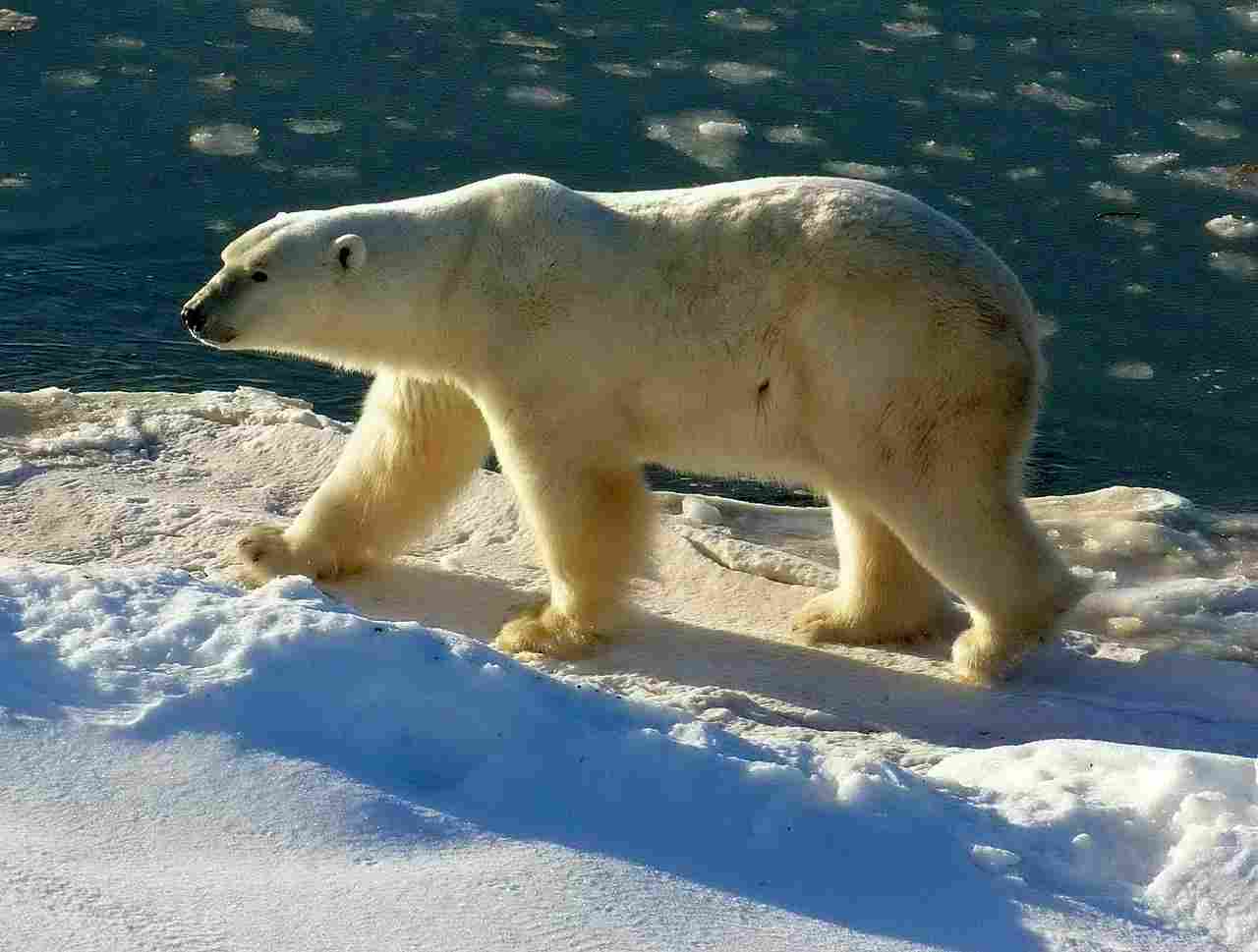
5). Bite Force
When comparing the bite force of polar bears and gorillas, it is clear that there is a significant difference between these two animals. The bite force of an animal is a measure of its jaw strength and can be an important factor in determining its hunting or feeding capabilities.
Polar bears have an incredibly powerful bite force, with estimates ranging from 1200 to 1600 pounds per square inch (psi). This immense bite force allows them to easily crush the skulls and bones of their prey, such as seals and other marine mammals. With such a strong bite, polar bears are able to secure their food sources and ensure their survival in the harsh Arctic environment.
On the other hand, gorillas have a much lower bite force compared to polar bears. While there are no precise measurements available, it is estimated that gorillas have a bite force of around 130 to 150 psi. This is significantly lower than that of polar bears, reflecting their different dietary needs and feeding habits. Gorillas primarily consume plant matter, such as fruits and leaves, which do not require the same level of jaw strength as the carnivorous diet of polar bears.
6). Overall Physical Capacity
Polar bears are very likely to overpower and kill gorillas in a confrontation, as they are superior in size, weight, and predatory adaptations.
When comparing the overall physical capacity of polar bears and gorillas, it is important to consider various factors that we have evaluated and compared. These factors include size, weight, bite force, and physical capabilities.
In terms of size and weight, polar bears are significantly larger and heavier than gorillas. Polar bears can reach lengths of up to 10 feet and weigh between 900 to 1600 pounds, while gorillas typically measure around 5 to 6 feet tall and weigh between 300 to 500 pounds. This size advantage gives polar bears a greater physical presence and strength.
In terms of bite force, polar bears have a much stronger bite compared to gorillas. With a bite force ranging from 1200 to 1600 psi, polar bears can easily crush the skulls and bones of their prey. Gorillas, on the other hand, have a bite force of around 130 to 150 psi, reflecting their different dietary needs and feeding habits.
When it comes to physical capabilities, polar bears are well-adapted to their Arctic habitat. They are excellent swimmers and can cover long distances in search of food. Gorillas, on the other hand, are known for their strength and agility, which allows them to navigate through dense forests and climb trees with ease.
7). Habitat
Polar bears are primarily found in the Arctic region, inhabiting areas such as the Arctic Ocean, surrounding seas, and coastal regions. They rely on sea ice as a platform for hunting seals, their primary food source. The Arctic ecosystem provides polar bears with access to seals, which are abundant in these icy waters. However, the melting of sea ice due to climate change poses a significant threat to their habitat and food availability.
On the other hand, gorillas are native to the tropical rainforests of Central Africa. They inhabit dense forests, where they find shelter, food, and protection from predators. Gorillas are adapted to life in the forest, with their strong arms and hands allowing them to climb trees and navigate through the dense vegetation. The rainforest ecosystem provides gorillas with a diverse range of plant species, including fruits, leaves, and stems, which form the bulk of their diet.
While polar bears and gorillas inhabit vastly different ecosystems, both are facing significant challenges due to human activities and environmental changes. The loss of sea ice in the Arctic threatens the survival of polar bears, while deforestation and habitat destruction pose a threat to gorillas. Conservation efforts are crucial to protect these habitats and ensure the long-term survival of both species.
8). Lifespan
When comparing the lifespan of polar bears and gorillas, it is important to consider the differences in their biology and ecological factors. Polar bears have an average lifespan of around 25 to 30 years in the wild, although some individuals have been known to live into their 40s. This relatively shorter lifespan can be attributed to various factors, including the harsh Arctic environment, limited food availability, and the challenges they face due to climate change.
On the other hand, gorillas have a longer lifespan compared to polar bears. In the wild, gorillas can live up to 35 to 40 years, with some individuals reaching their 50s. This extended lifespan can be attributed to their habitat in the tropical rainforests, where they have access to a diverse range of plant species for food and shelter. Additionally, gorillas benefit from living in social groups, which provide protection and support.
It is important to note that these lifespan estimates are based on wild populations, and the lifespan of both polar bears and gorillas can vary in captivity. Factors such as diet, healthcare, and environmental conditions can influence the longevity of individuals in captivity.
9). Behavior
When comparing the behavior of polar bears and gorillas, several key aspects come into play: feeding, aggression, social interactions, and parenting.
In terms of feeding behavior, polar bears are primarily carnivorous, relying on a diet of seals and other marine mammals. Their hunting skills and ability to swim long distances make them formidable predators. On the other hand, gorillas are herbivores, mainly consuming leaves, stems, fruits, and seeds. They are known for their ability to forage and adapt to different food sources within their rainforest habitat.
In terms of aggression, both polar bears and gorillas can display aggressive behavior, but for different reasons. Polar bears are solitary animals and can be territorial, especially when it comes to securing food sources. Gorillas, on the other hand, live in social groups led by a dominant silverback male. Aggression within gorilla groups is often related to maintaining social hierarchy and protecting the group from external threats.
Social interactions differ significantly between polar bears and gorillas. Polar bears are generally solitary animals, except during mating season or when a mother is caring for her cubs. Gorillas, on the other hand, live in cohesive social groups, with strong bonds between individuals. They engage in various social behaviors, including grooming, playing, and vocalizations, which help to maintain group cohesion.
When it comes to parenting, both polar bears and gorillas exhibit unique behaviors. Female polar bears are known for their exceptional maternal care, providing nourishment and protection to their cubs until they are ready to venture out on their own. Gorillas also display strong maternal instincts, with females caring for their offspring and the entire group participating in the upbringing of young gorillas.
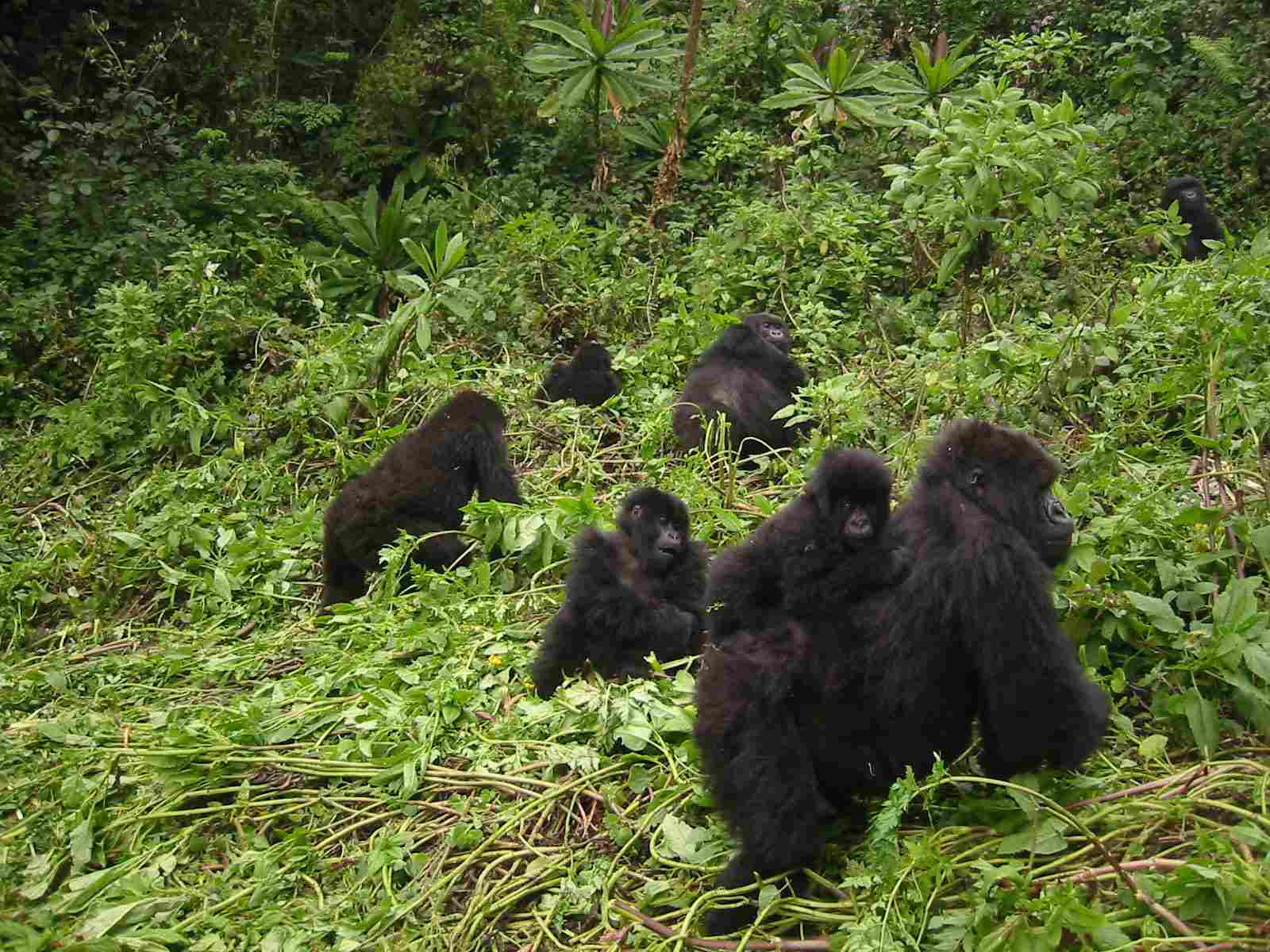
10). Reproduction
Polar bears are viviparous, meaning they give birth to live young. After a gestation period of about 8 months, female polar bears typically give birth to one to three cubs in a den made of snow. The cubs are born blind and helpless, weighing only about one pound. The mother provides warmth and nourishment to her cubs, nursing them for about two and a half years until they are ready to survive on their own. This reproductive strategy allows polar bears to adapt to the harsh Arctic environment and ensure the survival of their offspring.
In contrast, gorillas are oviparous, meaning they lay eggs. Just kidding! Gorillas are actually viviparous, like polar bears. Female gorillas have a gestation period of about 8.5 months and typically give birth to a single infant. The newborn gorilla is completely dependent on its mother for care and protection. The mother gorilla provides milk and carries the infant on her chest until it is able to cling to her back.
11). Danger Posed to Humans
Polar bears and gorillas, despite their impressive size and strength, generally do not pose a significant danger to humans. However, there are certain factors to consider when it comes to their interaction with humans.
Polar bears, being native to the Arctic, have limited contact with human settlements. However, as climate change continues to impact their natural habitat, there have been instances of polar bears venturing closer to human-populated areas in search of food. While polar bears are not inherently aggressive towards humans, encounters can be dangerous if the bears feel threatened or if they associate humans with a potential food source. It is important for humans to take precautions, such as securing food and waste properly, to minimize the risk of attracting polar bears.
Gorillas, on the other hand, primarily inhabit dense forests in Africa. While they are generally peaceful animals, they can become aggressive if they feel threatened or if their young are in danger.
Encountering a gorilla in the wild requires caution and respect for their space. It is recommended to maintain a safe distance and avoid any sudden movements or direct eye contact. Gorilla trekking tours often have experienced guides who ensure the safety of both humans and gorillas during these encounters.
In terms of human deaths caused, polar bears have been known to attack and kill humans in rare cases. Gorillas, on the other hand, are hardly known to cause any human deaths in the wild.
Polar bears are generally more aggressive and dangerous than gorillas, toward humans.
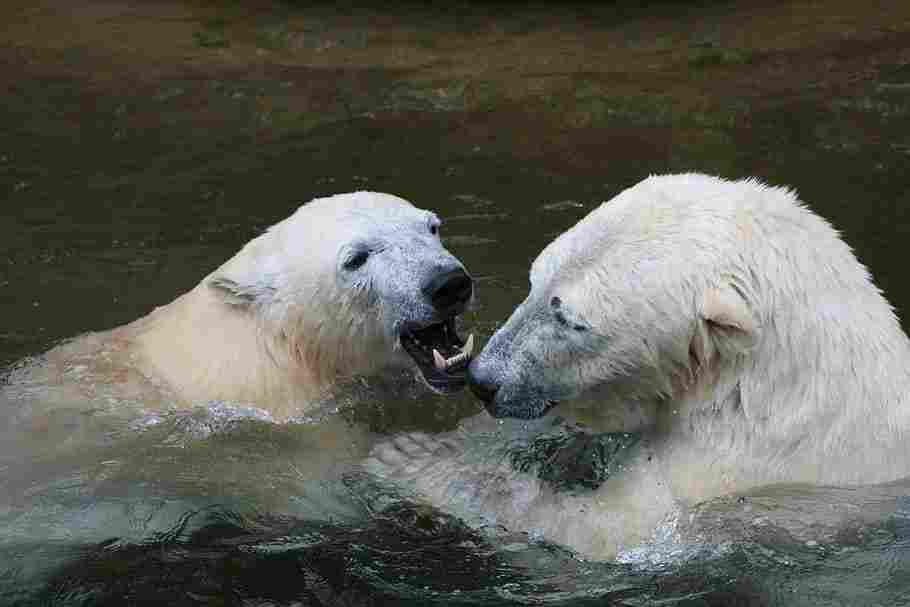
12). Conservation Status
The conservation status of polar bears and gorillas is a topic of concern due to the main threats to their survival in the wild. Both animals are classified as endangered or threatened, highlighting the urgent need for conservation efforts to protect their populations.
For polar bears, the main threats to their survival include climate change and loss of sea ice. As the Arctic ice melts at an alarming rate, polar bears are losing their primary hunting grounds and are facing challenges in finding food. This has led to a decline in their population and a decrease in their overall health and reproductive success.
Gorillas, on the other hand, face threats such as habitat loss, poaching, and disease. Deforestation and human encroachment into their natural habitats have resulted in a significant reduction in their available range. Additionally, illegal hunting for bushmeat and the capture of gorillas for the illegal pet trade further endanger their populations.
Conservation efforts for both species focus on protecting their habitats, implementing anti-poaching measures, and raising awareness about the importance of their conservation. International organizations, governments, and local communities play a crucial role in these efforts, working together to ensure the long-term survival of polar bears and gorillas in the wild.
By addressing the main threats to their survival and implementing effective conservation strategies, we can strive to secure a future for these magnificent animals and preserve the biodiversity of our planet.
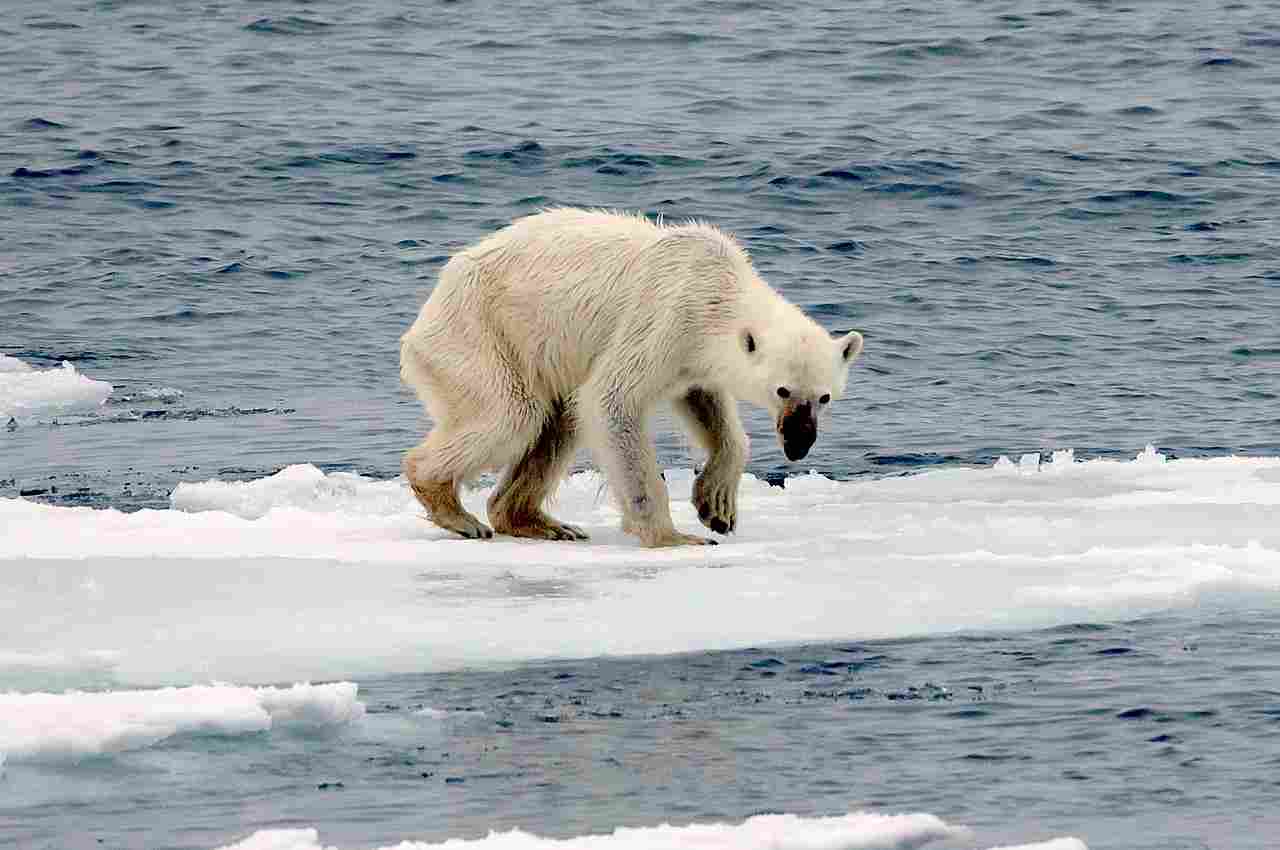
Conclusion
I). SIMILARITIES
In comparing polar bears and gorillas, several similarities can be observed. Both animals are large and powerful, adapted to their respective environments. They are also both at risk of extinction, with their populations declining due to various threats. Conservation efforts are crucial for the survival of both species.
Polar bears and gorillas are outstanding megafauna, and play important roles in their ecosystems, with polar bears being apex predators in the Arctic and gorillas being key seed dispersers in tropical forests.
II). DIFFERENCES
Despite their similarities, polar bears and gorillas also have significant differences. One of the most obvious differences is their physical appearance. Polar bears have a thick layer of insulating blubber and a white fur coat, while gorillas have a muscular build and are covered in dark hair.
Another difference lies in their habitats. Polar bears are adapted to the icy Arctic environment, relying on sea ice for hunting seals. Gorillas, on the other hand, inhabit the dense forests of Africa, where they forage for vegetation.
In terms of behavior, polar bears are solitary animals, while gorillas live in social groups led by a dominant silverback male. This difference in social structure impacts their interactions and communication within their respective communities.

